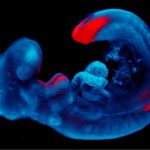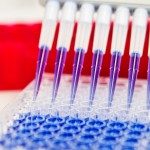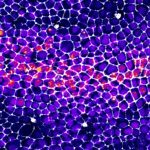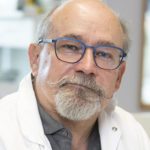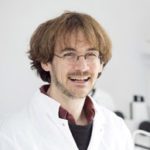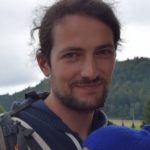Link to Pubmed [PMID] – 36598988
Link to DOI – eabn979310.1126/sciadv.abn9793
Sci Adv 2023 Jan; 9(1): eabn9793
During embryonic development, mutually antagonistic signaling cascades determine gonadal fate toward a testicular or ovarian identity. Errors in this process result in disorders of sex development (DSDs), characterized by discordance between chromosomal, gonadal, and anatomical sex. The absence of an appropriate, accessible in vitro system is a major obstacle in understanding mechanisms of sex-determination/DSDs. Here, we describe protocols for differentiation of mouse and human pluripotent cells toward gonadal progenitors. Transcriptomic analysis reveals that the in vitro-derived murine gonadal cells are equivalent to embryonic day 11.5 in vivo progenitors. Using similar conditions, Sertoli-like cells derived from 46,XY human induced pluripotent stem cells (hiPSCs) exhibit sustained expression of testis-specific genes, secrete anti-Müllerian hormone, migrate, and form tubular structures. Cells derived from 46,XY DSD female hiPSCs, carrying an NR5A1 variant, show aberrant gene expression and absence of tubule formation. CRISPR-Cas9-mediated variant correction rescued the phenotype. This is a robust tool to understand mechanisms of sex determination and model DSDs.
